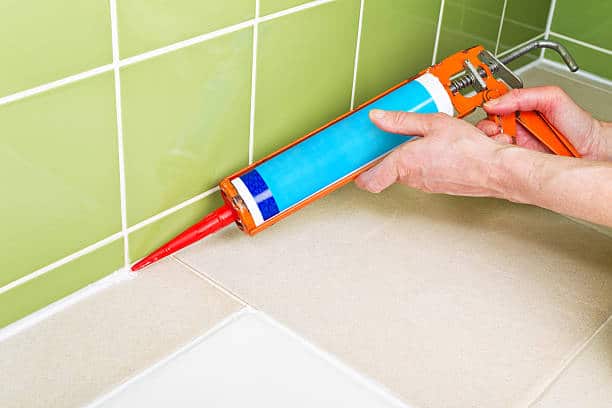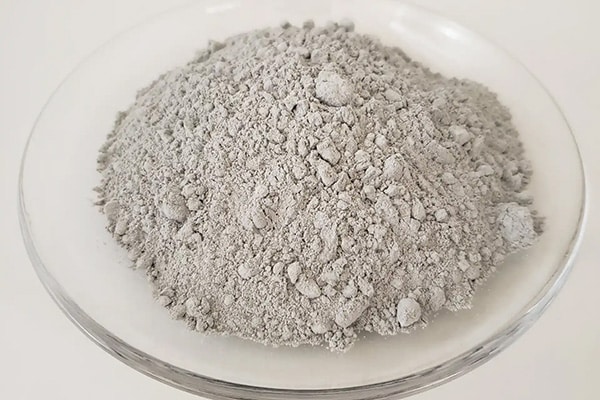In engineering projects, the alkali aggregate reaction generally refers to the alkali-silicate reaction, and in engineering use, silica fume, fly ash and other mineral admixtures are often added to inhibit the reaction of alkali aggregate. However, it has been proved that the effect of using single silica fume to inhibit alkali aggregate reaction is not satisfactory. To effectively inhibit the alkali aggregate reaction, a single use of silica fume or fly ash must reach a fairly high admixture, but the high admixture of a single admixture will often affect the mechanical properties or workability of concrete.
Effect of fly ash to inhibit alkali aggregate reaction
It is proved through experiments that the inhibiting effect of alkali aggregate reaction gradually increases with the increase of fly ash admixture, when the admixture is increased from 20% to 25%, the expansion rate of concrete specimens in 14d is obviously reduced, but its expansion rate is still greater than 0.03%; when the admixture reaches 30%, its expansion rate is less than 0.03%; when the admixture reaches 35% and 40%, its expansion rate is still less than Therefore, the lower limit of effective inhibition of alkali aggregate reaction by single fly ash is 30%.
The effect of silica fume to inhibit the reaction of alkali aggregate
Experiments have proved that compared with fly ash, silica fume can effectively inhibit the alkali aggregate reaction at a lower dose, and when silica fume is dosed at 8%, it can achieve the effect of 20% dosing of fly ash, for the following reasons.
- The same quality of fly ash and silica fume compared to the specific surface area of silica fume is much larger than fly ash, so the adsorption of alkali is stronger.
- Silica fume has higher volcanic ash activity, and the volcanic ash reaction consumes more calcium hydroxide.
- The Ca/Si ratio of the alkali aggregate reaction product C-S-H gel is lower, which is more effective in inhibiting the diffusion of water and K+ and Na+.
When the amount of silica fume is increased to 10%, the expansion rate of concrete specimens at 14d is less than 0.03%, and the expansion rate is also less than 0.03% when the amount of admixture is continued to increase to 15%, so the lower limit of effective inhibition of admixture of single admixture of silica fume is 10%.
The effect of silica fume and fly ash composite inhibition of alkali aggregate reaction
Similarly through experiments, when silica fume and fly ash compound, the same can make concrete specimens at 14d swelling rate suppression of less than 0.03%. The reason for this is probably because after the compounding of the two, the particle gradation of the powder is more optimized and the volcanic ash reaction in the interfacial transition zone is more adequate, thus reducing the amount of calcium hydroxide in the interfacial transition zone and further reducing the pore size and porosity of the interfacial zone, so that the alkali aggregate reaction can be inhibited more effectively.
In summary, it can be seen that the effect of using microsilica powder alone to inhibit alkali aggregate is far less than the effect of compounding with fly ash, and with a large reduction in the amount of both admixtures, it can also avoid the disadvantages of single admixture of fly ash concrete with low early strength and single admixture of microsilica powder concrete with poor fluidity. Henan Superior Abrasives is a new technology enterprise specializing in the research and development, production and sales of high-quality silica fume. If you have a demand for silica fume purchase, you can leave a message on our website or call our customer service for detailed consultation.
Email: sales@superior-abrasives.com





